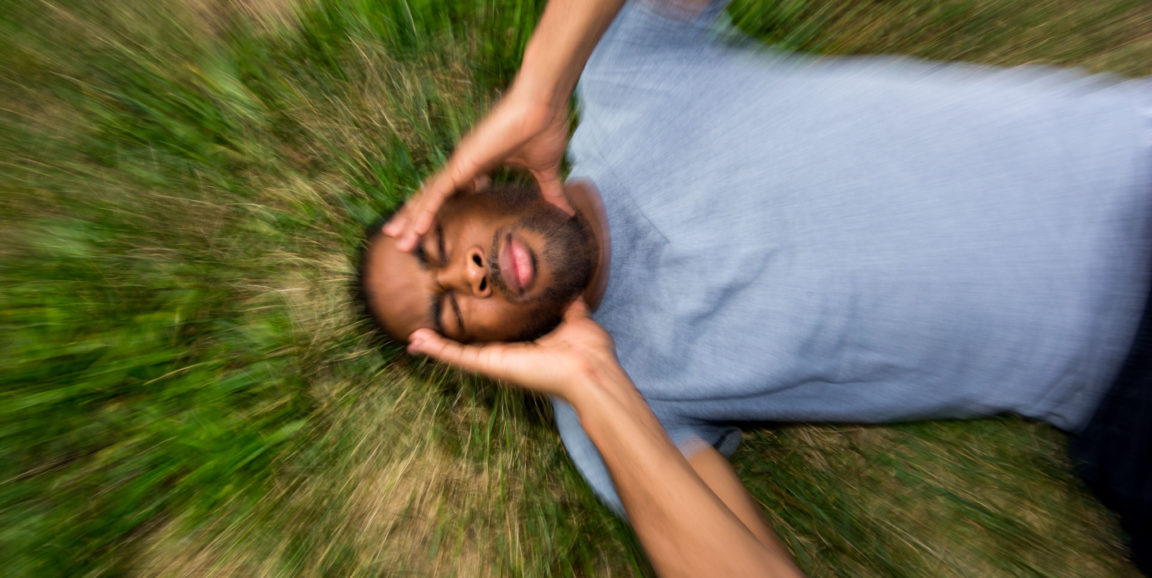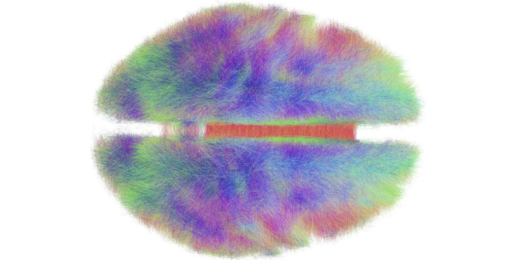Joe felt irritable and overwhelmed. Carla had blurry vision and didn't feel safe to drive. Meg had a pounding headache. But all three of them received the same diagnosis: concussion.
Concussion symptoms vary for different people depending on their medical history, age, degree of injury and other factors. To develop the most effective, personalized treatments, concussion experts across the country are working to learn more about how these variables impact concussion symptoms and recovery.
The researchers -- including pediatric emergency physician Angela Lumba-Brown, MD, and neurosurgeon Jamshid Ghajar, MD, PhD, both from Stanford's Brain Performance Center -- identified five categories of concussions, which have different symptoms and require different initial treatments:
- Vestibular -- Symptoms include dizziness, fogginess, lightheadedness, nausea, vertigo and disequilibrium. Initially treated with balance and vestibular-ocular training with a physical therapist.
- Ocular-motor -- Symptoms include difficulties with reading and driving, eye strain, problems changing focus between near and far, blurred or double vision, eye pain, vision-derived nausea and photophobia. Initially treated with dynamic vision training with an optometrist.
- Headache -- Symptoms include different types of headaches, including migraines. Initially treated with headache management.
- Cognitive -- Symptoms include problems with attention, reaction time, working memory, new learning, memory retrieval, organization of thoughts and behavior. Initially treated with neuropsychological assessment and treatments.
- Anxiety-Mood -- Symptoms include nervousness, hypervigilance, ruminative thoughts, depressed mood, anger, irritability, loss of energy, fatigue and feeling more emotional, overwhelmed or hopeless. Initially treated with counseling, including cognitive-behavioral therapies.
The findings appear in Neurosurgery.
However, diagnosing concussions and selecting the correct treatments is a bit more complicated than this list may indicate, Ghajar and Lumba-Brown explained. "These subtypes are not mutually exclusive and they frequently cluster together," Ghajar said.
This interdependence isn't all bad news though, because the headache, cognitive and anxiety-mood concussion subtypes often resolve after treating for vestibular and ocular-motor concussion symptoms. Also, early cardiovascular exercise is recommended for all subtypes.
In addition, the experts determined the prevalence of these concussion subtypes in adults and children based on a meta-analysis of previous studies. The most common subtype depends on when a patient is seen, as well as their medical history and age.
"Early on, the headache subtype is the most prevalent for both adult and pediatric populations, and it usually co-exists with the vestibular and ocular-motor subtypes," said Ghajar. "Weeks to months after injury, the mood subtype with symptoms of anxiety and depression predominates, usually because of inadequate interventions. The prevalence of the vestibular subtype was also very high for pediatric patients."
The working group also found that sleep disturbance and cervical strain were commonly associated with all five concussion categories. Sleep disturbance symptoms include difficulty falling asleep, frequent awakenings and fatigue, whereas cervical strain symptoms include neck pain, neck stiffness and upper extremity weakness.
According to Lumba-Brown, this work is particularly important because it addresses subtypes in children, a vulnerable subset of patients with unique needs. "Children are expected to go to school daily. They often play sports or engage in risk-taking behaviors. And they often have difficulty expressing their symptoms," said Lumba-Brown, who recently helped develop clinical guidelines for children with mild traumatic brain injury.
The experts said they hope that a better understanding of the different kinds of concussions and their prevalence will ultimately translate into improved treatment and faster recovery for patients of all ages. The team is now investigating the recovery trajectories for the different subtypes -- from the acute period through three months following injury.
They offered clinicians guidance in light of the findings: "Clinicians should assess each subtype of impairment in the acute setting following injury, encourage early cardio exercise and provide prognostic counseling for mood and sleep disturbances."
Lumba-Brown sees pediatric patients through the emergency department at Stanford Health Care and Lucile Packard Children's Hospital Stanford. Ghajar treats concussion patients at the Stanford Neuroscience Health Center.






